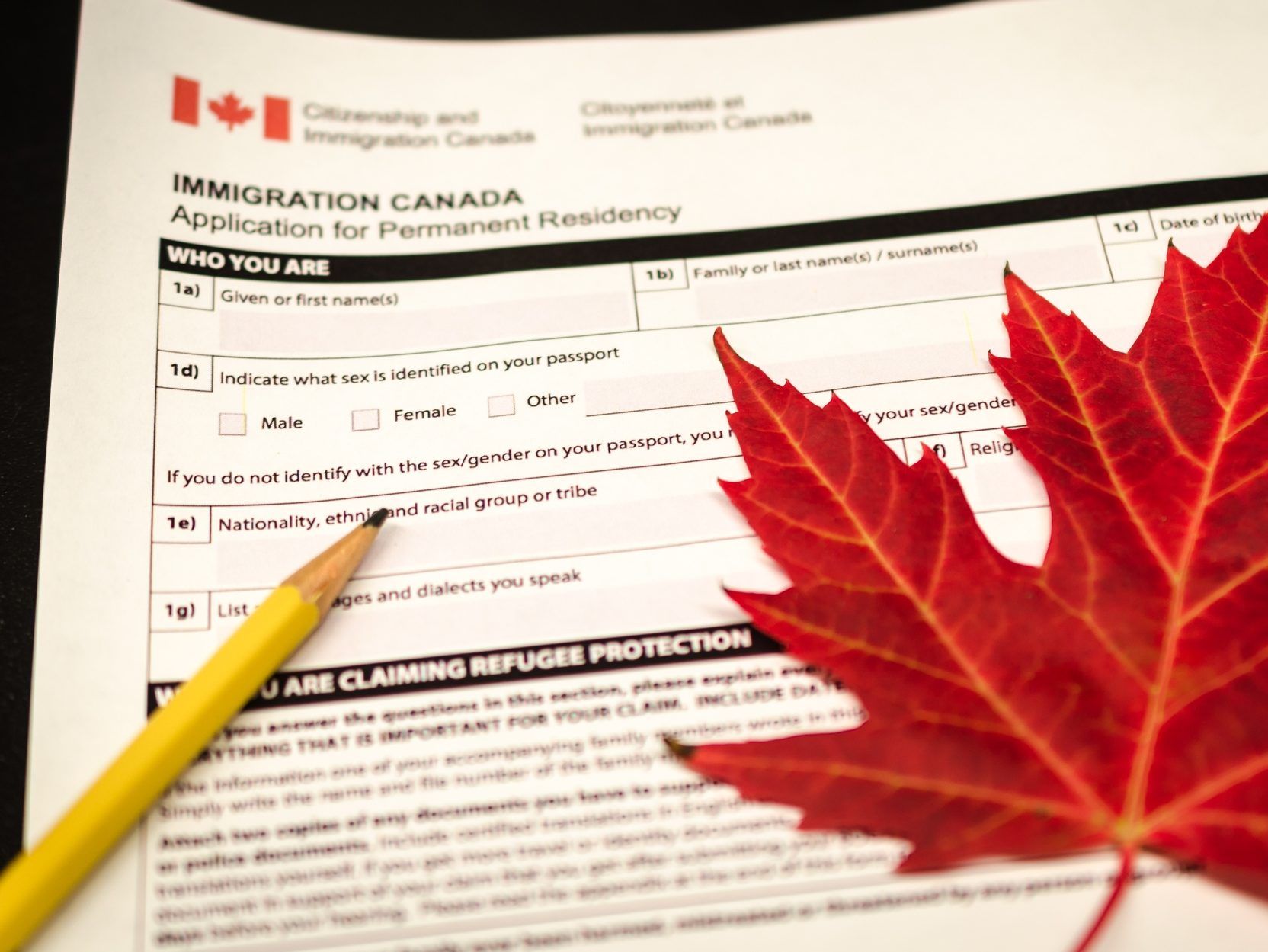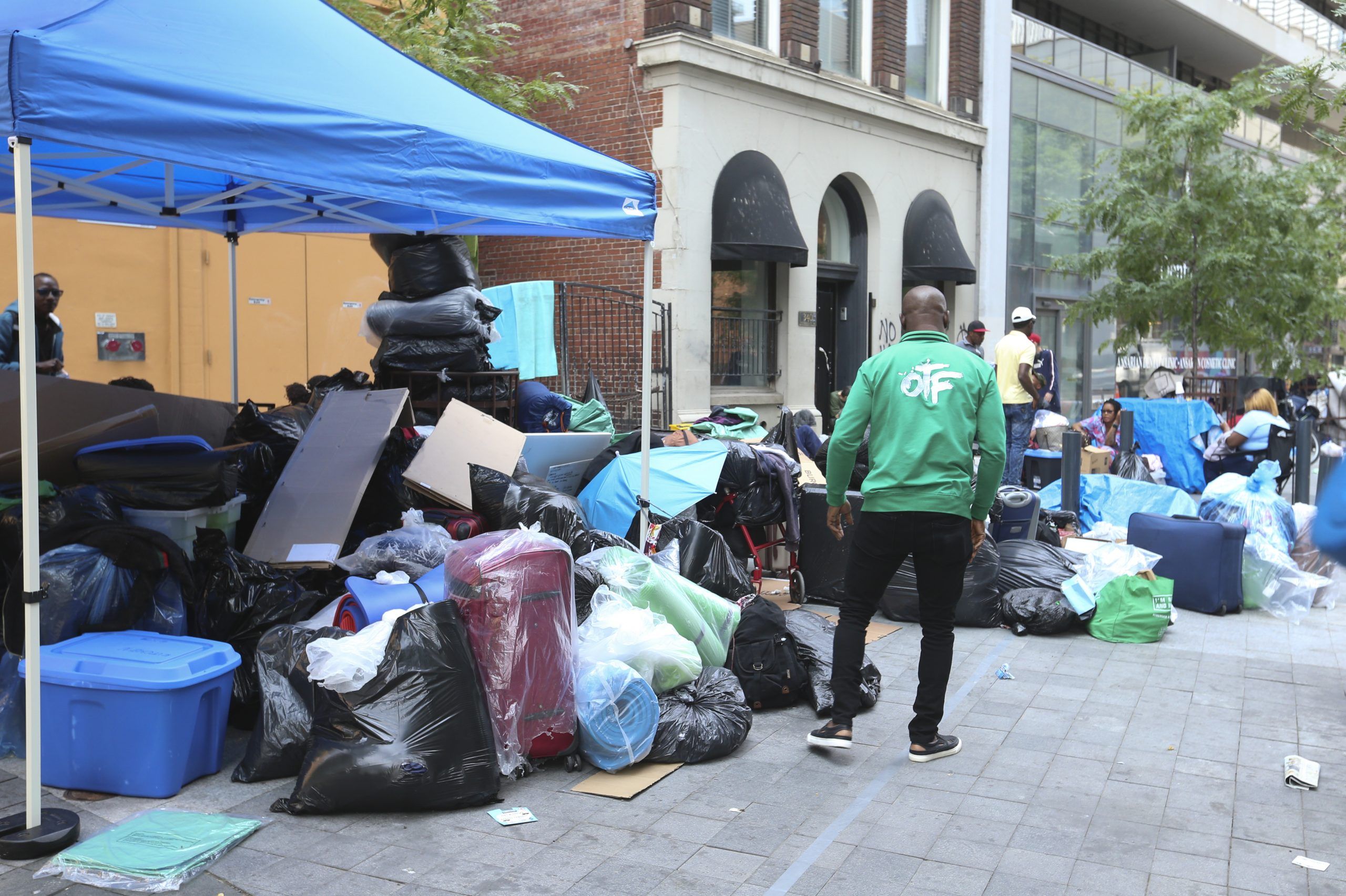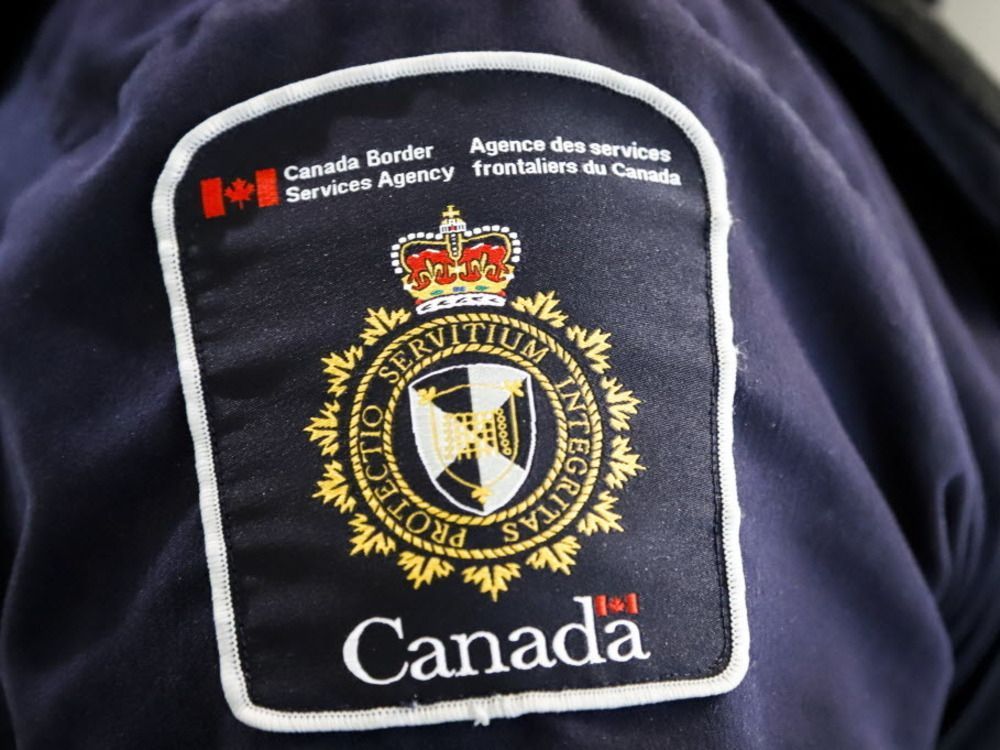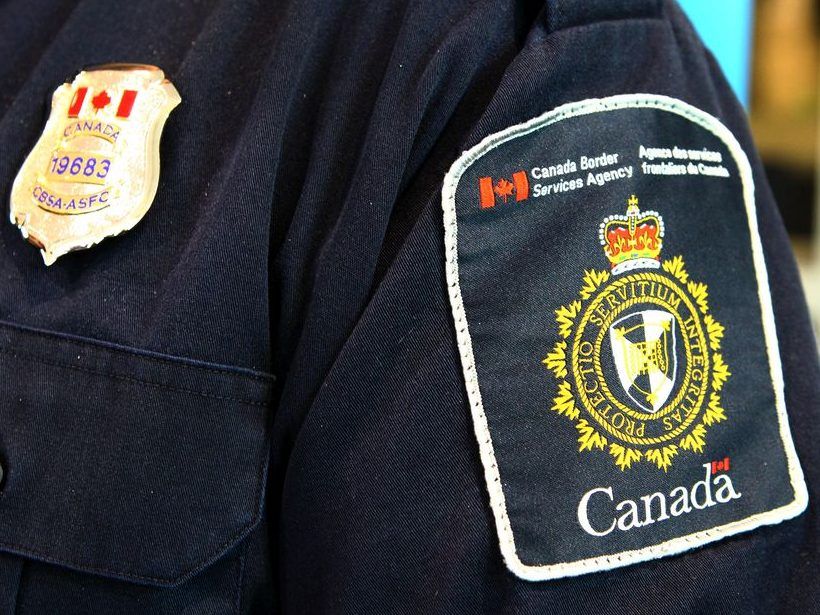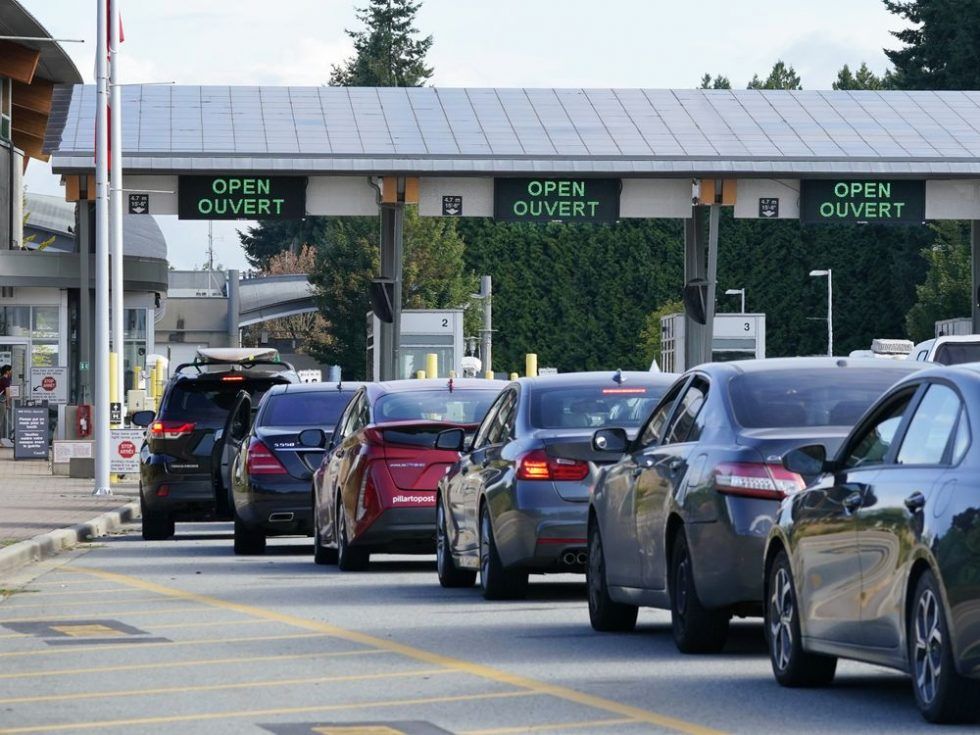As StatsCan shows immigration soaring, is it time for pause?
Pace of newcomers arriving appears to be outstripping job creation amid a housing crisis.
Author of the article:Brian Lilley
Published Sep 08, 2023 • 3 minute read
In releasing the latest employment figures, StatsCan said we are bringing in people faster than we are creating jobs.
In releasing the latest employment figures, StatsCan said we are bringing in people faster than we are creating jobs.
Have we reached an immigration tipping point in Canada? Figures released by Statistics Canada on Friday definitely point in that direction.
In releasing the latest employment figures, StatsCan said we are bringing in people faster than we are creating jobs.
“Employment rose by 40,000 (+0.2%) in August. This increase in employment was outpaced by population growth (+103,000; +0.3%) and the employment rate — the proportion of the population aged 15 and older who are employed—fell 0.1 percentage points to 61.9%,” the report said.
That figure of 103,000 in a month is only the working age population of people 15 and older. It doesn’t include young children. Still, bringing in 103,000 in a month is the equivalent of adding Pickering in Ontario, Lethbridge in Alberta or Kamloops in British Columbia.
Since the beginning of the year, StatsCan says we have averaged 81,000 newcomers aged 15 and older per month. That will equate to just over one million new people this year if the trend continues.
“Given this pace of population growth, employment growth of approximately 50,000 per month is required for the employment rate to remain constant,” the report said.
This level of growth is double what Canada was experiencing between 2017-2019 and before the pandemic effectively closed borders.
So, can we create 50,000 jobs per month so that employment keeps pace with immigration?
In the last 12 months we’ve been over the 50,000 jobs mark four times, lost jobs in two of those months and for the other six, didn’t hit the mark. If we continue to bringin in an average of 81,000 working aged people per month but don’t create at least 50,000 new jobs, then the unemployment rate will go up.
A report from StatsCan issued on August 1 looked at this issue of immigration and employment and found that for the most part, employment has kept up with immigration. That was before this latest increase though and with each increase it becomes more difficult to manage.
Over the last several years we have gone from bringing in between 250,000 to 300,000 new permanent residents each year — people who are immigrating to settle here — to more than 430,000 permanent residents in 2022. The government’s goal is to lift that to 500,000 new permanent residents a year by 2025, a mark they will easily hit.
We have gone from a few hundred thousand international students studying in Canada each year to more than 800,000 last year and estimates of more than 900,000 this year. None of this takes into account the thousands of people claiming asylum in Canada each month or the hundreds of thousands of temporary foreign workers.
A recent CIBC report suggested that Canada’s population count could be off by one million thanks to an undercounting of non-permanent residents, mostly temporary foreign workers.
We have a housing crisis driven by more demand than supply and the ever-increasing population, especially among foreign students, is adding to that. This week we saw a story of international students in North Bay living in tents because of the lack of housing options available.
For the most part, Canadians have been supportive of high levels of immigration. All the major political parties have supported policies of increased immigration.
The current levels, though, unprecedented in our lifetime, could change all of that and result in calls to slow things down.
We don’t have enough housing for the people already in the country, never mind adding a new city per month, but we are also told we need the new arrivals to fill the jobs to build the houses. Our health care system is regularly at a tipping point without enough doctors and nurses to deal with the population already here, but we are also told that we need newcomers to fill the jobs in health care.
Yet, when they get here, we won’t have proper housing, health care, education for their children or infrastructure for the communities they settle in.
It is quite a conundrum.
Is any of this good for the country, or good for the people who are coming here, quite possibly on the false notion that Canada is a country that still functions properly?
Perhaps now is a time to hit pause, perhaps slow the intake until we have a handle on the situation and are sure we can absorb this many people so quickly.
Get the latest Canadian business news, including TSX updates, changes to oil and energy prices, and Bank of Canada coverage. Explore stock market investing and get expert financial insights on investment portfolio strategies.

bnnbloomberg.ca
In the 12-month period ending in June 2023, total employment in Canada—as measured in the Labour Force Survey (LFS)—increased by 470,000, or 2.4%, surpassing the average annual employment growth (+2.0%) observed from 2017 to 2019.

statcan.gc.ca
Employment rose by 40,000 (+0.2%) in August. This increase in employment was outpaced by population growth (+103,000; +0.3%) and the employment rate—the proportion of the population aged 15 and older who are employed—fell 0.1 percentage points to 61.9%. The unemployment rate was unchanged at...

www150.statcan.gc.ca
We took in 103,000 working age people last month but just created 40,000 new jobs.

torontosun.com

